All organisms are subject to large amounts of genetic and environmental variation and have evolved mechanisms that allow them to function well in spite of these challenges. This property is generally referred to as robustness.
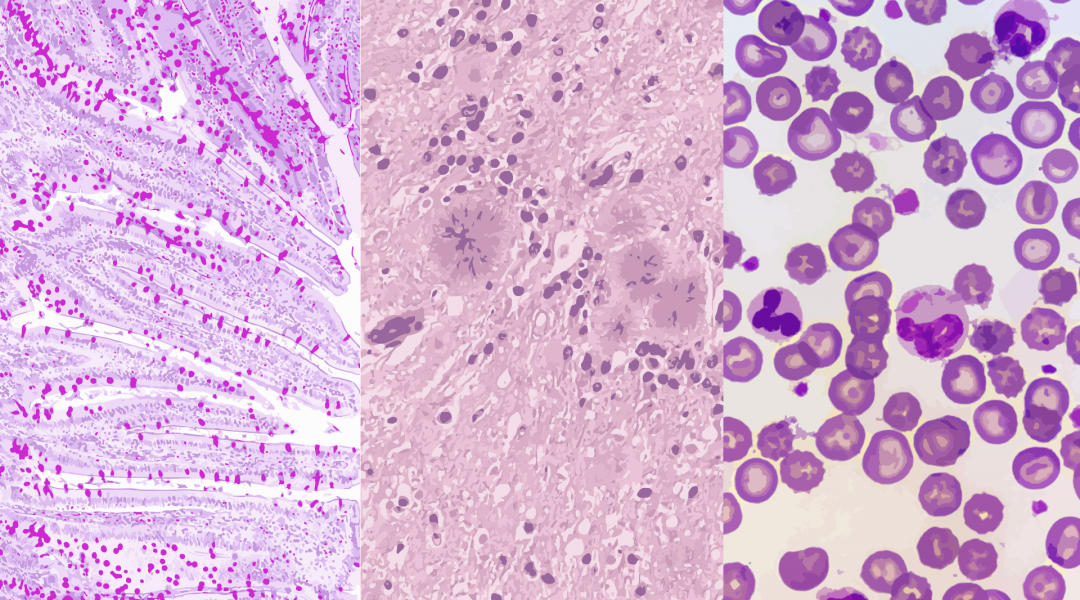

All organisms are subject to large amounts of genetic and environmental variation and have evolved mechanisms that allow them to function well in spite of these challenges. This property is generally referred to as robustness.
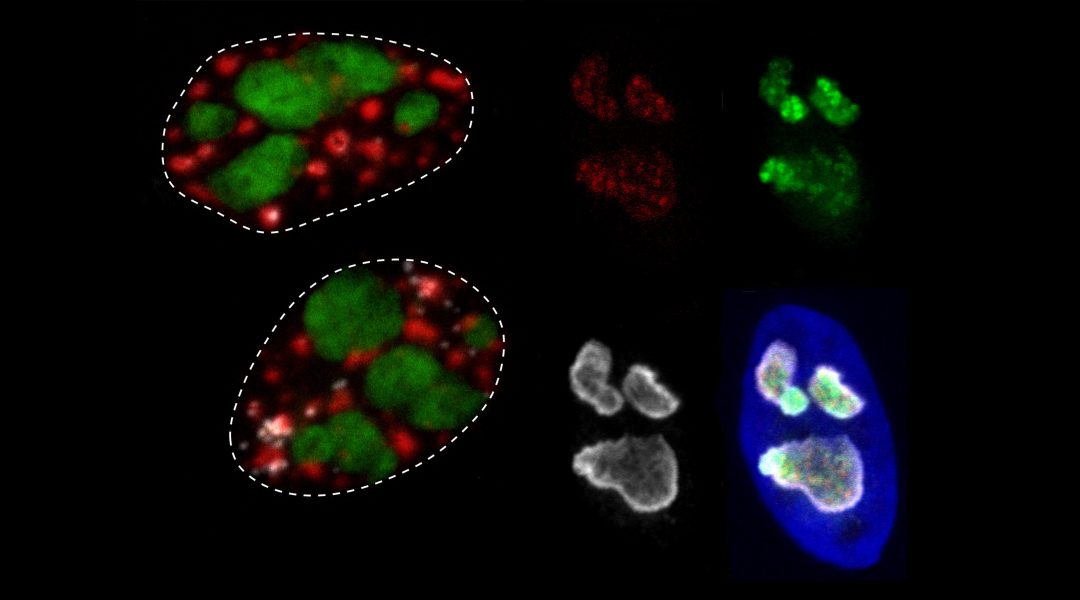
An analysis of nuclear body protein disorder that suggests MLO proteomes are significantly more disordered than structured cellular features.

In their review published in BioEssays, Arnaud Gautier and Alison Tebo discuss new labeling protocols, actuation methods and biosensors based on fluorogenic protein systems.

In her article published in BioEssays, Nora Engel discusses how sex differences become established in early embryogenesis and how analyzing the underlying mechanisms can lead to a better understanding of sex differences in health and disease.
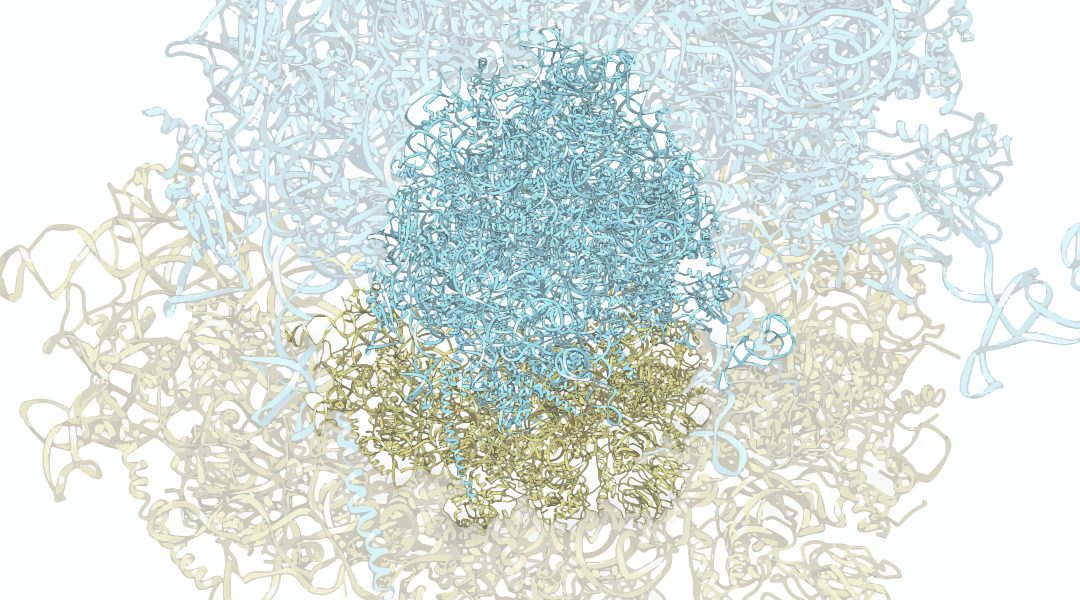
Poxviruses are an unusual family of large double‐stranded (ds) DNA viruses that exhibit an incredible degree of self‐sufficiency and complexity in their replication and immune evasion strategies.
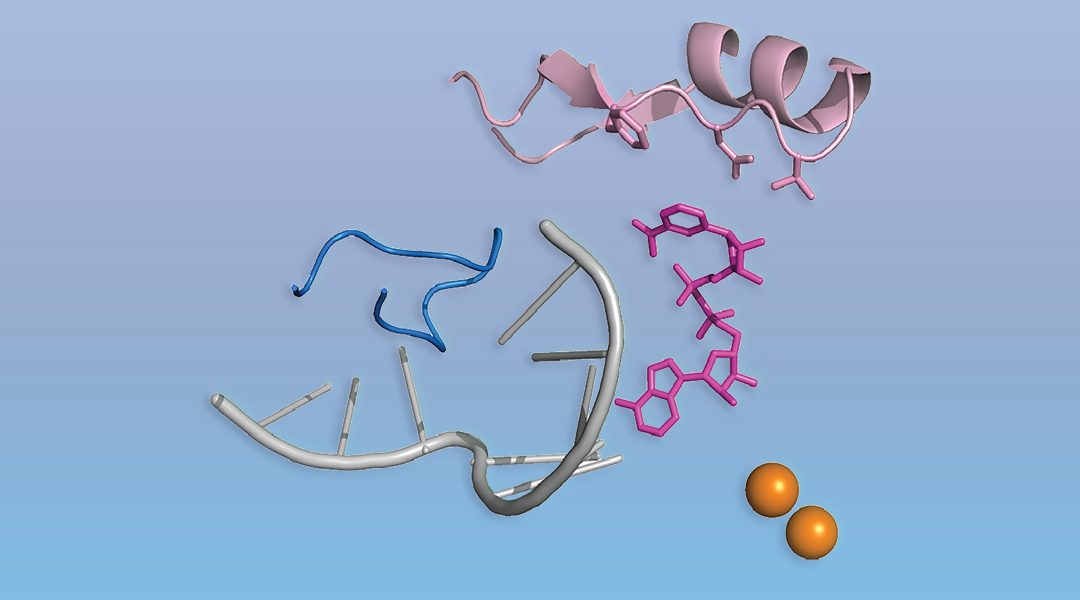
A new type of 5′‐RNA cap was discovered, and in contrast to the specialized eukaryotic m7G cap, the novel caps are abundant cellular cofactors like NAD+.
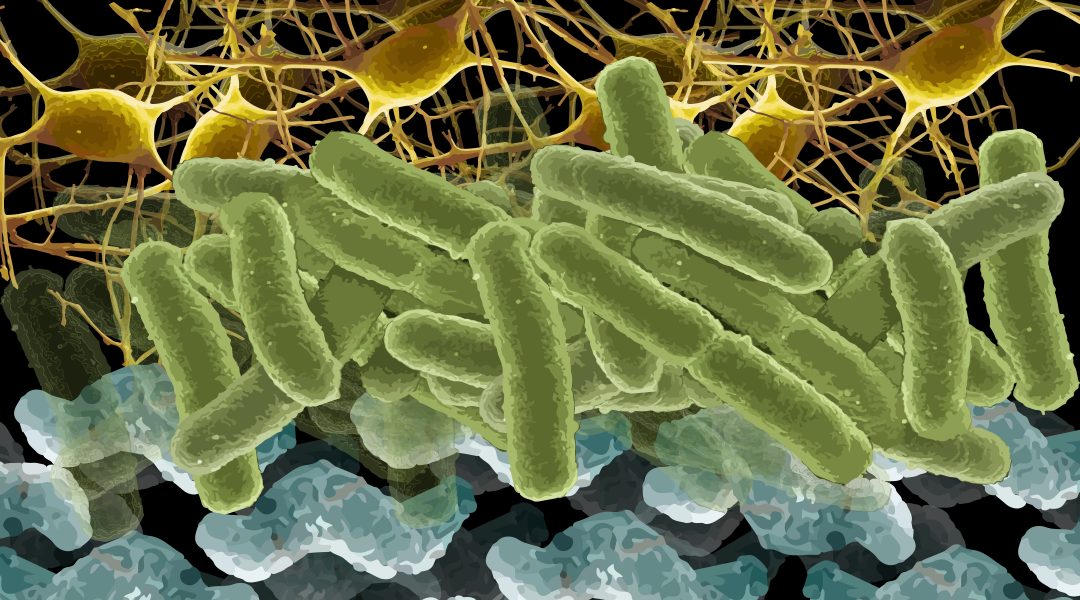
Alexander Klimovich and Thomas Bosch discuss current knowledge on the function of the nervous system in Hydra and the interactions between neurons and microbes.

A team of Russian scientists developed an OCT system with angiography for everyday clinical use.

A team of Spanish researchers developed a handheld skin imaging system with joint optical coherence tomography and digital epiluminescence microscopy for point-of-care skin diagnosis.
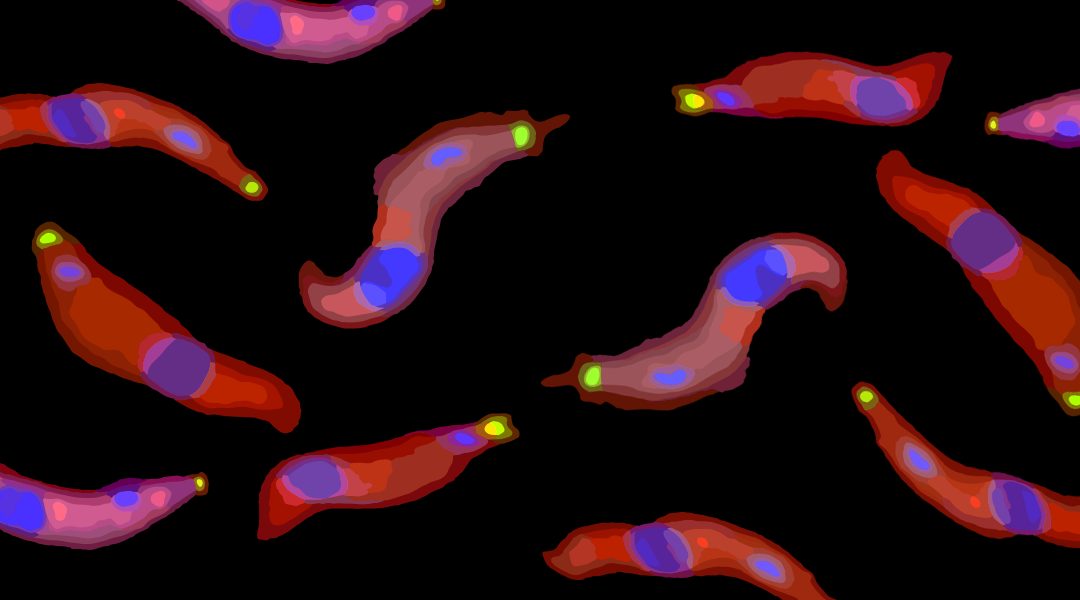
Single stranded RNAs with a free 5′ monophosphate end are susceptible to rapid degradation. Transfer RNAs (tRNAs) and ribosomal RNAs (rRNAs) are stabilized by hairpin structures and by “hiding” their 5′ ends within complex protein structures.